 Samuel Lamerson, English Grammar to Ace New Testament Greek (Grand Rapids: Zondervan, 2004); 110 pages, $8.99.
Samuel Lamerson, English Grammar to Ace New Testament Greek (Grand Rapids: Zondervan, 2004); 110 pages, $8.99.
Ignorance of English grammar is one of the greatest stumbling blocks for students of New Testament Greek. Those who overcome often leave Greek Grammar claiming to have learned two languages: English and Greek. For others Greek becomes an impenetrable unknown because they cannot grasp the basic concepts of grammar. Having tutored Greek Grammar for several years, I have made it a personal policy to start by explaining the basic components of an English sentence and how they relate to the basic Greek sentence. In so doing, I have found that I lose at least half of my potential clients. The reason? We simply don’t know the grammar of our own language.
Enter Samuel Lamerson’s excellent resource for students of New Testament Greek. This short and inexpensive book is designed for first year students of New Testament Greek. Though it functions as an accompaniment to William Mounce’s Basics of Biblical Greek, it can also be used by students of other NT Greek Grammars.
The book is divided into 18 chapters covering the following grammatical concepts: Nouns, Inflection, The Article, Adjective, Pronoun, Verbs, Present, Contraction, Passive Verbs, Deponents, Future, Verbs Again, Aorist, Perfect, Participles, Conditional Sentences, Infinitives, and Imperatives.
Lamerson includes a devotional at the beginning of every chapter. The devotional provides a source of encouragement as the student progresses in the language, exegetical insight into particular New Testament passages, or reasons for studying the language. Each New Testament passage is chosen to illustrate, in some capacity, the concept under discussion.
Following the devotional, most chapters include a creative introduction to help that chapter’s concept stick. Take for example the Fiji Mermaid of chapter 15 (Participles). Lamerson writes,
P.T. Barnum is known even today as perhaps the greatest showman ever to have lived. One of his greatest publicity stunts was known as the “Fiji Mermaid.” It was billed as having once been a live mermaid, captured off the coast of the Fiji Islands. Visitors were treated to glimpse at a small mummified body that was half human and half fish, just as a mermaid would have been expected to look. Closer examination revealed that the “mermaid” was nothing more than half of a shaved monkey sewn to the lower half of the fish and mummified. Thus, the mermaid was nothing more than a cleverly constructed hoax, proving Barnum’s most famous saying, “There is a sucker born every minute.”
The Greek participle is much like the Fiji mermaid. It is half an adjective and half a verb “sewn” together in some sort of strange form. It is only by realizing that the participle can take the attributes of both a verb and an adjective that the participle can be fully understood. From some angles, the word looks more like a verb, but from other angles, it looks more like an adjective. Thus, it is the “Fiji mermaid” of the Greek world (80).
This allows Lameson to transition into a discussion of the adverbial and adjectival uses of the participle.
The third major component of each chapter is a general definition of the concept under consideration. While not all scholars will agree with his traditional definitions for aorist and deponent verbs, Lamerson does show awareness of scholarly dissension within these areas and urges the student to learn according to her teacher’s instruction.
The heart of the chapter, as far as the book’s overall aim is concerned, is his discussion of the similarities and differences between the English and Greek formulation of this and that grammatical construction. How does an English speaker know what the subject is in a sentence? How does the Greek speaker know what the direct object is, etc.?
The final component of the chapter is a list of exercises. The first half of these exercises are in English. The student is asked to identify all the nouns in the sentence, for instance. The second half of the exercises are in Greek with English translations. This allows students to make the transition from English to Greek.
While English Grammar to Ace New Testament Greek is written for first year students of New Testament Greek, this is not the only audience that can receive significant benefit from the insights it offers. Professors of New Testament Greek will find Lamerson’s mnemonic devices as a helpful means of alleviating the already heavy burden that is learning a new language. For instance, the nominative case “nominates the subject of the sentence.” The genitive case “generates a description of the noun.” With the dative case, “two or four people go on a date” (two signifying “to” and four signifying “for”). These are only a few of the many helpful devices contained in this helpful resource.
Despite all the good, the book has one glaring omission. There is no answer key. The book is designed for students who do not know English grammar. There was a time in high school when I couldn’t distinguish between nouns, adjectives, and adverbs. Of what use are grammar exercises to students that don’t know grammar?
Otherwise, the volume is a helpful tool for all first year students and new teachers of New Testament Greek. As a matter of fact, I will be looking through the volume with each new lesson I teach to make sure there isn’t an illustration, mnemonic device, or clearer way of presenting the material that I might have overlooked.

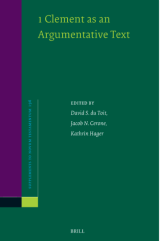
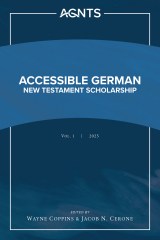





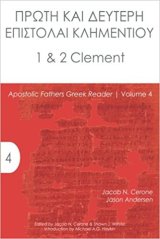
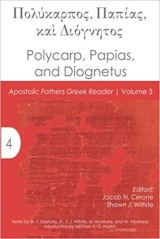
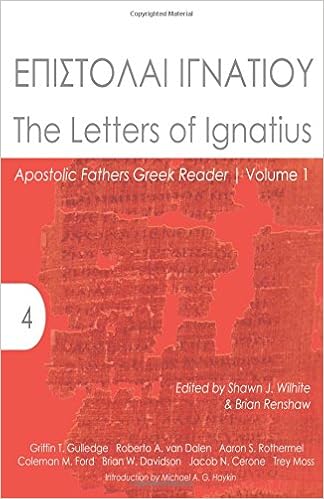
Thanks for this helpful review!
How does he handle verbal aspect (and the aorist)?
Here is what he says about the Aorist: “One should not think that the aorist is always in the past tense. There are some scholars who argue that the tense is simply the default and has little or no exegetical bearing on the passage. It is best, however (depending, of course, on what your teacher says), to begin by thinking of the aorist as usually speaking of the past tense in the indicative” (73).
He does not discuss verbal aspect at all in the book. That is one of the criticisms I might and should have mentioned. A further criticism would be no chapter dedicated to the subjunctive mood (he makes a few comments about it in the context of other chapters, but nothing in depth).
Hmm, seems to be a weakness indeed.
Mr. Lamerson, your thoughts?
This book has the out of date info on verbal aspect. And it DOESN’T have an answer key for the exercises. I am looking for an answer key so so far have not found one. If your totally new to English grammar that is kind of important and this book is a waste of money in my opinion.